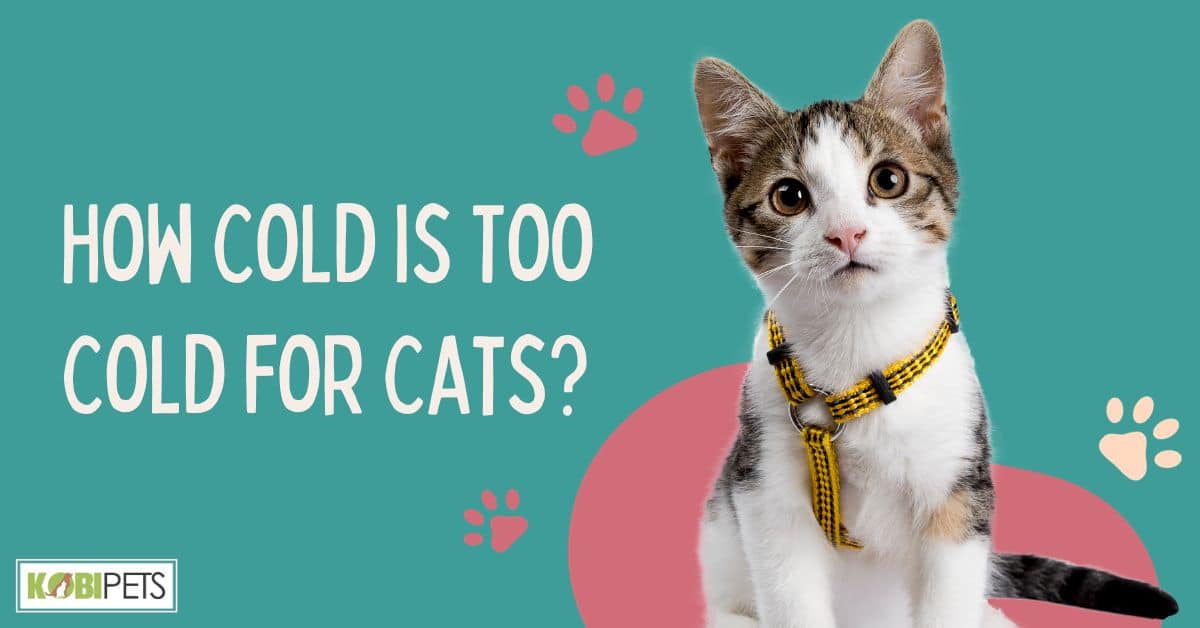
Cats thrive in temperatures between 70-80°F (21-27°C). Anything below 45°F (7°C) can be dangerously cold for them, so it’s essential to provide warmth for indoor cats and shelter for outdoor ones during colder weather.
As winter descends, it’s crucial to remember that cats, despite their fur, aren’t immune to cold. This article explores their cold tolerance, signs of stress, and how to keep them cozy. We’ll also touch on outdoor cat care, ensuring your feline friends stay safe and warm.
Understanding Cats’ Temperature Tolerance
Cats have their own temperature preferences, and they tend to thrive in an environment with temperatures ranging from 70 to 80 degrees Fahrenheit (21 to 27 degrees Celsius). This range mimics the conditions they naturally seek in the wild, ensuring their comfort and well-being.
Cats are skilled at regulating their body temperature. They can constrict blood vessels to conserve heat when it’s cold and use their paw pads to dissipate excess heat when it’s warm. To keep indoor cats content, maintaining an indoor temperature within this range is vital.
During cold weather, avoid letting the temperature drop below 45 degrees Fahrenheit (7 degrees Celsius) to ensure your feline companion remains comfortable and healthy in your home.
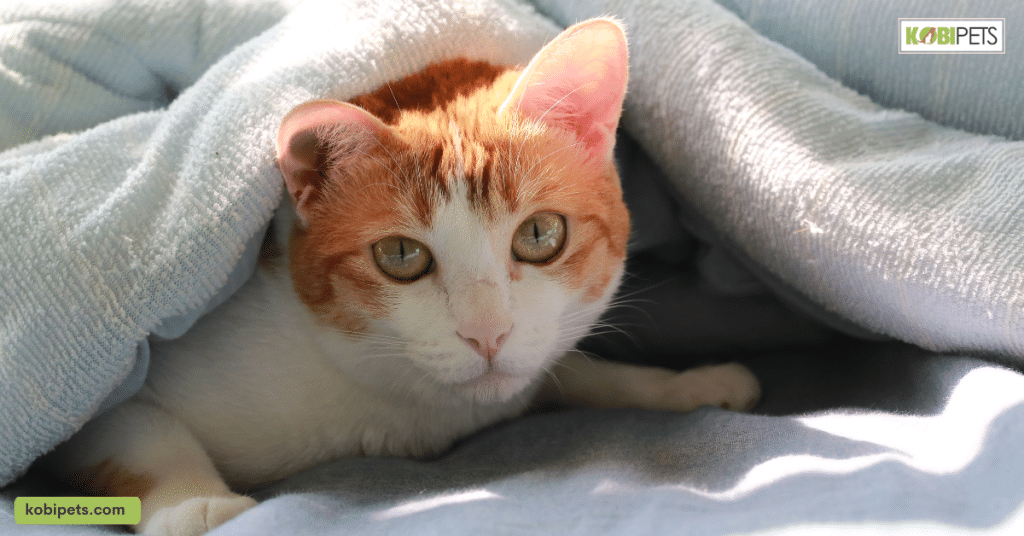
Signs of Cold Stress in Cats
While our feline friends may seem resilient, they are not immune to the biting chill of cold weather. Understanding how cats react to cold temperatures is essential to ensure their well-being. In this section, we’ll delve into the signs that reveal when your cat is experiencing cold stress, the potential health risks involved, and how cats’ responses to cold differ from ours.
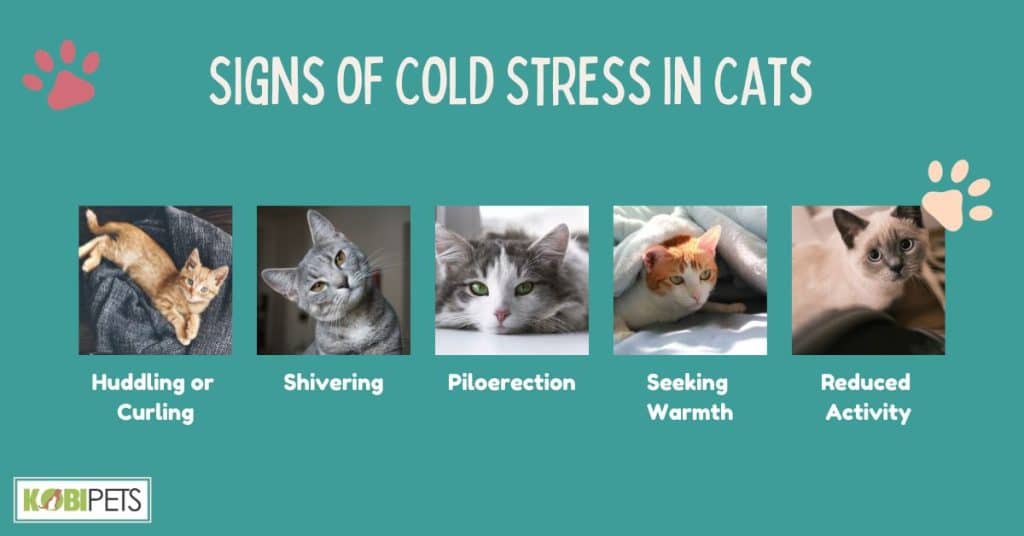
Signs of Cold Stress in Cats
- Huddling or Curling: One common sign of a cold cat is when they huddle or curl up tightly, seeking to conserve body heat.
- Shivering: Just like humans, cats shiver when they’re cold. If you notice your cat trembling or shivering, it’s a clear indication of discomfort.
- Piloerection: Cats may fluff up their fur to trap warm air close to their bodies, making their fur stand on end.
- Seeking Warmth: If your cat suddenly becomes more drawn to heat sources, like radiators or warm blankets, it’s a sign they’re feeling the cold.
- Reduced Activity: Cold weather can make cats lethargic, causing them to become less active than usual.
Prolonged exposure to cold can have adverse effects on a cat’s health. They are susceptible to hypothermia and frostbite, which can be life-threatening if left untreated. Cats also respond differently to cold compared to humans.
Precautions for Keeping Cats Warm
Cats may have fur coats, but they still require protection from the winter chill. In this section, we’ll explore practical tips for creating a snug and inviting indoor environment to keep your cats comfortable during cold weather.
- Temperature Control: Maintain an indoor temperature between 70 to 80 degrees Fahrenheit (21-27 degrees Celsius) to ensure your cats remain comfortable throughout the colder months.
- Warm Bedding: Provide plush blankets or heated beds in their favorite lounging spots to offer warmth and comfort.
- Draft-Free Spaces: Seal any drafts or gaps in windows and doors to prevent cold air from entering your home.
- Sunny Spots: Encourage your cats to bask in the sunlight by placing their beds near sunny windows during the day.
- Cozy Hideaways: Create cozy hideaways with blankets or cardboard boxes for your cats to retreat to when they need extra warmth and privacy.
- Layer Up: Consider fitting your cat with a comfortable and stylish sweater or jacket designed for pets to provide additional warmth.
- Regular Play: Engage your cats in indoor play sessions to keep their blood circulating and maintain body heat.
By implementing these precautions and thoughtful measures, you can ensure your feline friends remain snug and content during the colder months. But what about our adventurous outdoor cats? In the next section, we’ll explore special considerations for their well-being in the chilly outdoors.
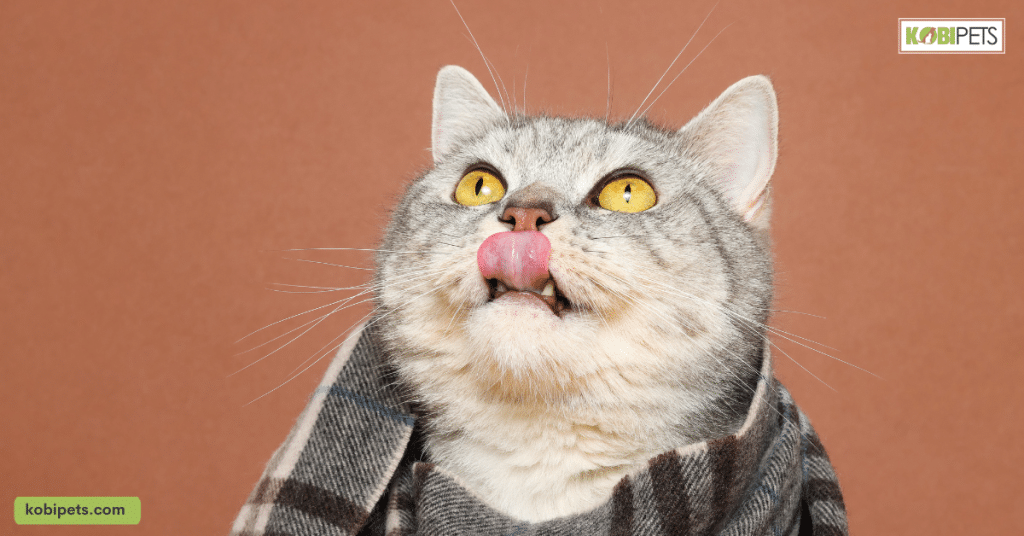
Special Considerations for Outdoor Cats
Outdoor cats are known for their independence and love of exploration. However, when the winter chill sets in, they face unique challenges. In this section, we’ll explore essential considerations to ensure the well-being of outdoor cats in colder climates, from providing insulated shelters to monitoring their health.
| Consideration | Description |
|---|---|
| Insulated Shelters | Ensure outdoor cats have dry, draft-free shelters with proper bedding to stay warm and dry. |
| Heated Water Sources | Provide heated water bowls to prevent water from freezing, ensuring access to fresh water. |
| Feeding Adjustments | Adjust their diet with high-calorie cat food to meet increased energy needs during colder months. |
| Regular Monitoring | Keep a close eye on outdoor cats, checking for signs of discomfort or illness, especially in extreme cold. |
| Paw Care | Protect their paw pads from cold and injury with pet-safe paw balm. |
| Spaying and Neutering | Ensure all outdoor cats are spayed or neutered to prevent overpopulation and reduce risks. |
| Supervised Outdoor Time | Limit outdoor time to supervised periods during extreme cold, allowing for safe exploration. |
By addressing these special considerations, you can provide a safe and comfortable environment for outdoor cats in colder climates. Remember that their well-being depends on your vigilance and care, ensuring they can enjoy the great outdoors even during the winter months.
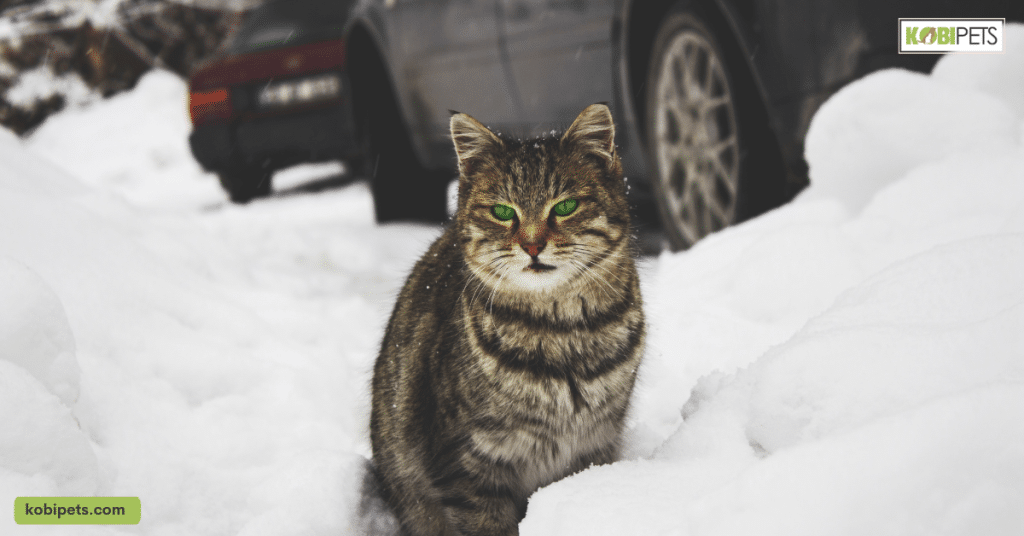
In conclusion
While outdoor cats enjoy their freedom and adventure, the winter months require special attention to keep them safe and comfortable. By providing insulated shelters, and heated water sources, adjusting their diet, and regularly monitoring their well-being, you can ensure that your outdoor feline companions thrive even in colder climates.
Remember, a little extra care goes a long way in maintaining the health and happiness of our outdoor cat friends throughout the winter season.






